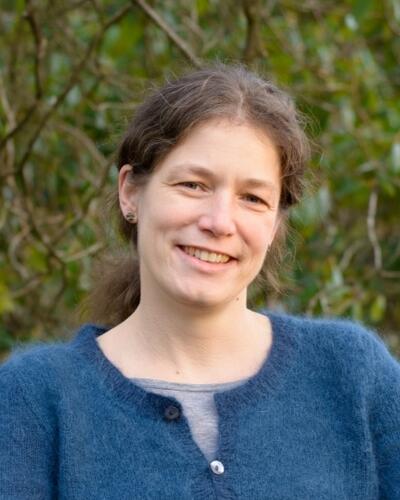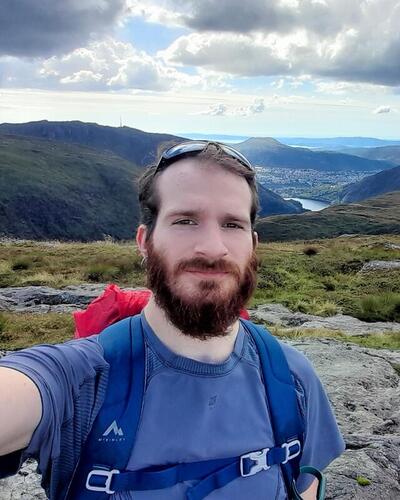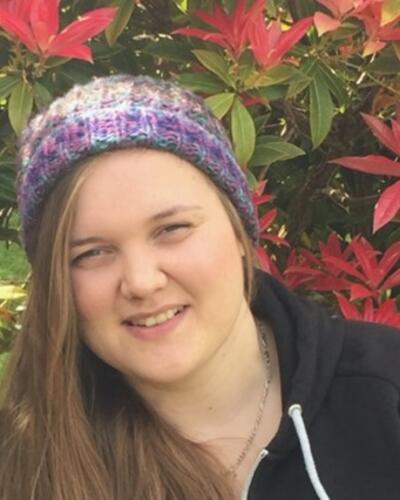Novel approaches to assessing calcite microstructure and preservation of foraminifera and the implications for paleoclimate reconstructions
Hovedinnhold
Project description
Motivation (background):
Foraminifera are among the most important archives of past climates, and our knowledge of past climate change relies heavily on the geochemical analyses of their carbonate shells. These geochemical analyses include stable oxygen and carbon isotopes, trace elements, and clumped isotope thermometry – a relatively new approach to derive temperature information from carbonates based on the ordering (“clumping”) of stable isotopes within the molecules. However, the geochemical signal of foraminiferal shells can be affected by their biomineralization mechanisms and by a variety of post-burial diagenetic processes. These processes and their possible effect on the geochemical composition of foraminiferal tests are important to consider when interpreting palaeoclimate reconstructions, yet remain poorly understood and difficult to assess.
This masters project will study the microstructure of different foraminifera species with Electron Backscattered Diffraction (EBSD) – a technique that provides quantitative orientation data for crystalline materials. Using this novel approach, the masters student will seek to better constrain the mineralization mechanisms of different foraminiferal species and assess to what extent diagenetic processes have altered the primary calcite. Recent works have demonstrated the usefulness of EBSD to assess the preservation of benthic and planktic foraminifera from the geologic record (e.g., Pabich et al., 2020; Procter et al., 2024). This project will build upon these studies to assess speciesspecific differences in foraminiferal microstructure and preservation and compare these to offsets observed in records of foraminiferal geochemistry (such as d13C and d18O, trace elements, and clumped isotopes).
Research questions to be addressed:
How does the calcite microstructure vary between different foraminifera species?
To what extent have foraminifera microfossils of different age been affected by diagenetic processes (e.g., dissolution
and/or recrystallization)?
Does calcite microstructure influence the preservation potential of different foraminifera species?
How does calcite microstructure and preservation impact foraminiferal geochemistry?
Test (work):
Sediment samples of different age and from various locations will be wet-sieved, and foraminifera picked from the dried coarse fractions. Foraminiferal specimens will be cleaned and prepared for preliminary analysis using optical, transmitted and reflected light, and scanning electron microscopy at GEO. The EBSD analysis will be conducted with collaborators at the University of Oslo. The processing of the EBSD data will be done with the package MTEX based on MATLAB. These results will be compared to geochemical analyses of the foraminifera (including conventional stable isotopes and clumped isotopes).
Estimated total duration of lab work: 6 months.
electron backscatter diffraction analysis. European Journal of Mineralolgy, 32, 613–622 Procter, F.A., Piazolo, S., John, E.H., Walshaw, R., Pearson, P.N., Lear, C.H., and Aze, T. (2024): Electron backscatter diffraction analysis unveils foraminiferal calcite microstructure and processes of diagenetic alteration. Biogeosciences, 21, 1213–1233

Proposed course plan during the master's degree (60 ECTS):
Fall semester:
GEOV222 (10P)
GEOV300 (5P)
Spring semester:
GEOV302 (10P)
GEOV231 (10P)
GEOV331 (5P)
Additional courses according to the student’s interest
Felt- lab- og analysearbeid
Laboratory work (sample preparation, microscopy, SEM, EBSD) in Bergen and Oslo, approximately 6 months
The project is financed through ERC FluidMICS



